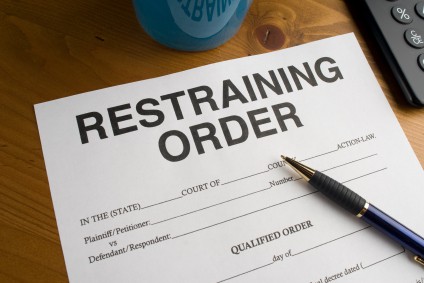 To know if you need a restraining order, it’s important to understand what a restraining order is and what it does. A restraining order is a civil order that stops someone from engaging in threatening behavior. It is used to keep abusers, stalkers, and those who are harassing you away from you so you can feel safe and begin to build stability and order in your life. You will need a restraining order if a person is:
To know if you need a restraining order, it’s important to understand what a restraining order is and what it does. A restraining order is a civil order that stops someone from engaging in threatening behavior. It is used to keep abusers, stalkers, and those who are harassing you away from you so you can feel safe and begin to build stability and order in your life. You will need a restraining order if a person is:
- threatening you
- harming you physically
- engaging in sexual abuse
- harassing you when you’ve asked them to stop
- stalking you
A restraining order is a civil protection order. It will not create a criminal record, but it will create a document that can be enforced to protect your safety and the safety of your children if you have any. Criminal charges can often be filed in conjunction with a restraining order because domestic violence, sexual abuse, harassment, and stalking are all crimes. It is a legal process like any other that requires filing a document with the court and a court appearance to get a judge to grant you a protective order. How do you go about getting a restraining order? Is proof needed? How old do you have to be?
You must be 12 years of age to file for a restraining order on your own. You will need to file a document with the court requesting a restraining order. This will start the process of a temporary restraining order that will be in effect until a court date can be set up so that you can present to the judge the reasons for the restraining order. The abuser will be served with paperwork notifying them of the temporary restraining order in affect against them and also of the court date to appear.
A restraining order will prevent your abuser from stalking, harassing, or getting close enough to hurt you again. If this person lives with you, you can also ask for a “kick-out” order that will force them to move and not come to your residence again. Present all the proof you have to the judge so he can fully understand your case and make the terms of the restraining order fit your unique needs completely. It helps to document incidences of violence, stalking, and harassment. If you have police reports, use those, if not, keep a detailed record of specific incidences. For example, it is better to say “He followed me home from work on three occasions over a week-long period,” rather than simply “He’s stalking me.” A judge can better understand your case with details like these.
Once you have filed the paperwork with the court, and met with the judge, you will be issued a restraining order that is effective at your residence, place of employment, and children’s school, if applicable. You don’t need an attorney for this process, but if you’re unsure, it’s good to have an attorney help you with the paperwork. Oftentimes in cases like these, you may be going through a divorce or custody battle, and you’ll need an attorney to help navigate those complex legal processes.
